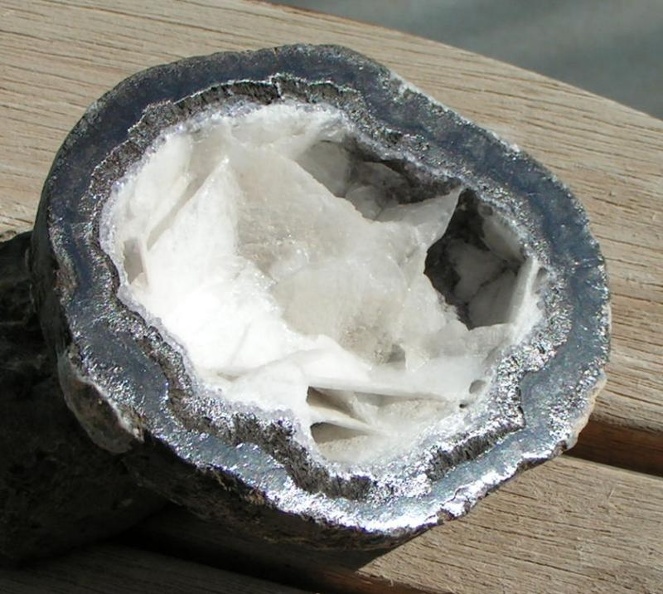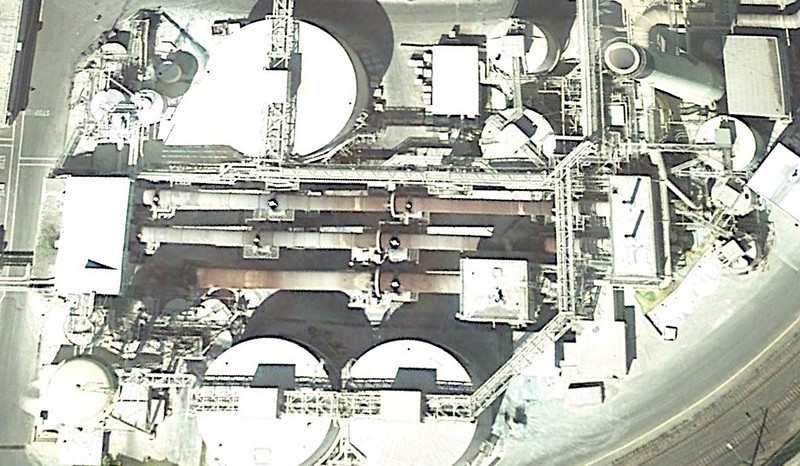|
|
Post by 1dave on Oct 2, 2017 13:14:16 GMT -5
This Mexican Coconut has been of intense interest to me. It starts with layers of agate, then agate mixed with calcite, then calcite plates. What was the chemistry?  |
|
|
|
Post by amygdule on Oct 2, 2017 14:16:21 GMT -5
Slightly Off Topic.
|
|
|
|
Post by amygdule on Oct 2, 2017 14:34:14 GMT -5
This Mexican Coconut has been of intense interest to me. It starts with layers of agate, then agate mixed with calcite, then calcite plates. What was the chemistry?  Different episodes of chemical infusions over Time. |
|
|
|
Post by 1dave on Oct 2, 2017 20:20:07 GMT -5
|
|
|
|
Post by amygdule on Oct 6, 2017 23:18:44 GMT -5
It was a very interesting process recycling chemicals and cooking mud.
Once in a while the kiln would build a mud ball as big as the wall
Then we would have to blast it apart with an eight gauge slug gun.
Some of them lime balls were harder than hell.
Eat the tip of your jackhammer bit like butter.
A shift at the Caustic Plant was ...........
|
|
|
|
Post by youp50 on Oct 7, 2017 6:04:34 GMT -5
A shift at the caustic plant was.... never as lucrative as it should have been.
I am impressed...
|
|
|
|
Post by amygdule on Oct 7, 2017 12:11:03 GMT -5
A shift at the caustic plant was.... never as lucrative as it should have been. I am impressed... The lucrative part was the 5 weeks of paid vacation a year that I used to go on mining expeditions. Here's a Google Earth view of the caustic plant that I worked at. Note the 3 lime kilns in the center surrounded by the various tanks used to process the lime slurry. The kilns were about 100 feet long and rotate at about 1 RPM.  |
|